Some of the numbers presented in this website may not be the most recent available
Globalshift.co.uk - copyright © 2009 to 2025; All rights reserved



NW EUROPE
Highland cattle
Brief history of the territory (Denmark)
The Faroe Islands are a self-governing country within the Danish Realm. An archipelago of 18 major islands between the Norwegian Sea and the Atlantic Ocean, they lie halfway between Norway and Iceland to the northwest of the UK.
Settlers lived on the Faroes from 400 AD with Norsemen arriving in 800 AD. In 1397 Norway entered the Kalmar Union with Denmark and the islands gradually reverted to Danish control. When this was dissolved, as a result of the Treaty of Kiel in 1814, Denmark retained possession of the Faroe Islands (along with Greenland and Iceland).
A trade monopoly was abolished in 1856 after which the islands developed as a fishing nation with their own fleet. In 1888 the grouping began to assert its nationality and by 1906 political parties had been created.
During World War 2 Britain occupied the country to counterbalance Germany’s invasion of Denmark, building the only airport.
After the war Denmark returned, introducing home-rule in 1948. With the collapse of the North Sea fishing industry in the 1990s the economy has been stretched but efforts to diversify are ongoing.
Oil and gas summary
The islands are rugged and rocky with some low peaks and coastlines made of cliffs. The highest point is Slættaratindur at 882m.
The geology is basalt, part of the Thulean Plateau, a basaltic lava plain, which formed during the Paleogene during the opening of the North Atlantic.
The Faroes currently have no oil and gas production but, offshore to the southeast of the islands lies the West of Shetland sedimentary basin, mostly in the UK, which has both oil and gas fields. Thus the Faroes has some potential for similar fields to those found in this region. The first offshore well in the Faroes (Marjun-1) was drilled in 2001 targeted at this play. It tested some oil.
As yet, no commercial discoveries have been made from the less than 10 wells that have been drilled. Nevertheless, Globalshift forecasts that oil production could begin in the longer term. No gas production is expected due to the lack of a nearby pipeline market. The geology of the islands precludes any onshore potential.
FAROE ISLANDS
Map and National Flag


Northwest Europe




Capital
Population
Land area (sq kms)
Oil prod (000s b/d)
Gas prod (bcm/yr)
Oil cons (000s b/d)
Gas cons (bcm/yr)
Torshavn
0.05 mm
1,393
None
None
5
None
Government
The Danish monarch is head of state. The Faroese government holds executive power in local affairs with the head of the government as prime minister.
The Faroese have control of most domestic matters but military defence, police, justice, currency and foreign affairs remain the responsibility of Denmark.
In 1973 the Islands did not join Denmark in the EU.
The Jardfeingi (Earth and Energy Directorate) is responsible for exploration and production activities. This involves communication with companies and with Faroese institutions, especially the Ministry of Petroleum.
Geology and History of Exploration
The Faroes Islands are part of the Thulean Plateau; a basaltic lava plain which formed during the Paleogene on opening of the North Atlantic Ocean. The plateau was broken up as the ocean grew leaving remnants in Northern Ireland, northwest Scotland, northwest Iceland, eastern Greenland and western Norway as well as the Faroes.
The lavas also created the Giant's Causeway in Northern Ireland and Fingal's Cave in Scotland.
The only parts of the islands prospective for oil or gas are in areas where basalts are thin or non-existent, specifically within the Judd sub-basin of the West of Shetland Basin (it primarily underlies Scottish waters).
Onshore, Globalshift considers the islands to have no potential.
The Judd Sub-basin - The Faroe Islands are west of the post-Caledonian rift basin formed in the Devonian after the collapse of the Caledonian mountains. Tectonic movements and plate reorganization during several phases influenced sedimentation and erosion along the Caledonian front.
During the Cenozoic four main tectonic phases with uplift, non-deposition or erosion, controlled basin development. First, the extrusion of oceanic basalts caused a series of uplift phases. Second, tectonic uplift in the Middle Eocene ended a period of almost continuous subsidence of the Judd Sub-basin.
In the Middle and Late Eocene new depocentres formed in the northern part of the Faroe–Shetland Trough and in the Faroe Bank Basin, northwest and southeast of the Faroes respectively. These appear to have no petroleum potential.
Third, due to uplift and sea-level fall in the Late Oligocene, widespread erosion of the Eocene and Oligocene successions resulted in a major unconformity on the shelf.
Finally, in Neogene times, folding and uplift of the Fugloy Ridge in the north occurred contemporaneously with renewed subsidence in the northern part of the Faroe–Shetland Trough and the Faroe Bank Basin.
The petroleum system in the Judd Basin was strongly influenced by inversion in Middle Eocene to Recent times. Paleocene reservoirs and source rocks were uplifted with gas flushing, seal breakage and interruption in petroleum generation. As such the presence of commercial accumulations in the basin remains high risk.
History - The Faroe Islands has no history of production. The first well was drilled onshore in 1981 to determine the thickness of the basalt layer. Three further onshore wells were drilled, all for scientific purposes with no expectations of locating oil or gas.
Offshore less than 10 wells have been drilled in the Judd sub-basin of the Faroes-Shetland Basin (West of Shetland basin in the UK) close to the border with the UK. The first well (Marjun-1) was drilled in 2001. It discovered some oil but all the others have been dry.
Further drilling is unlikely in the near term. However, over the longer term, renewed exploration activity could locate commercial oil resources.